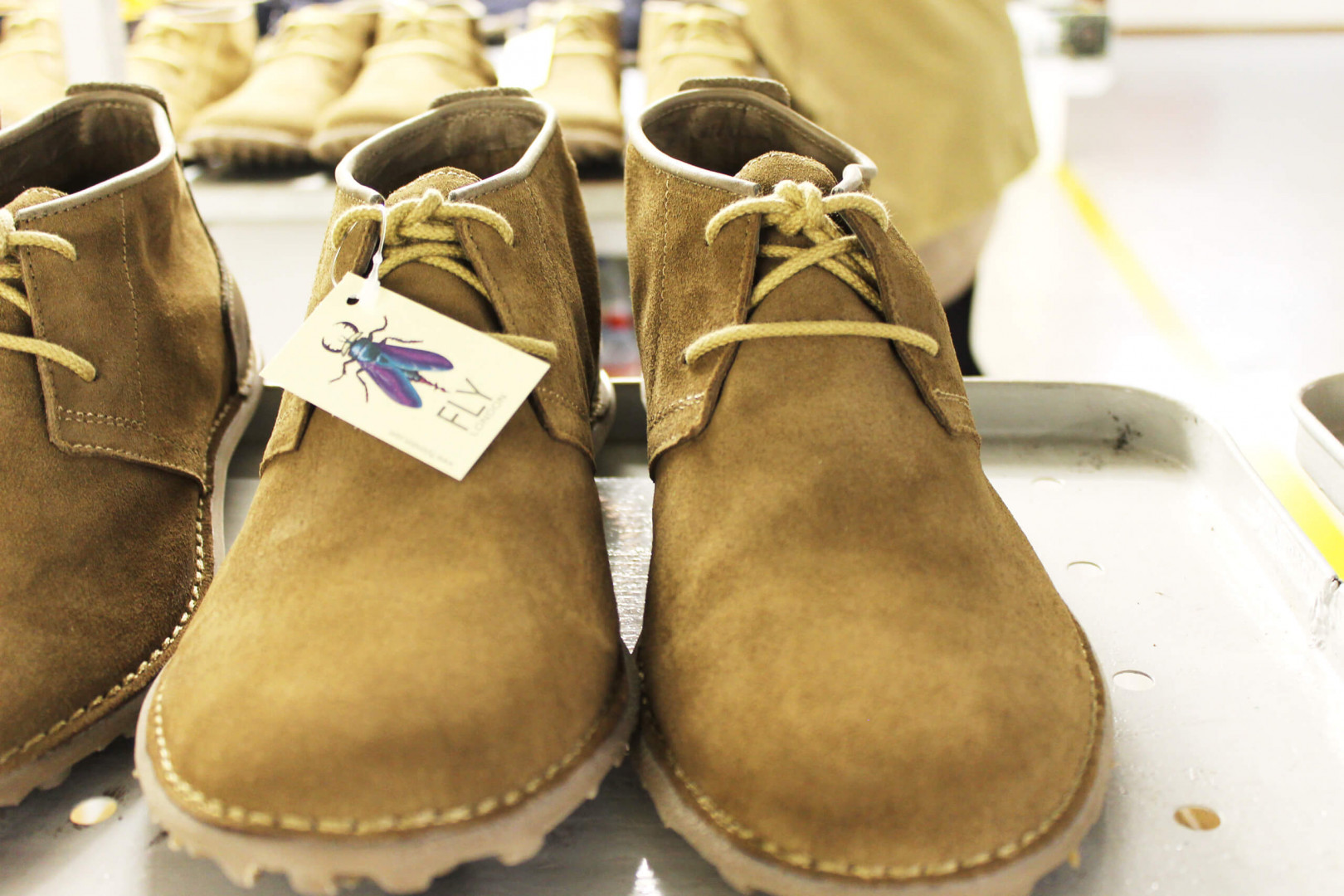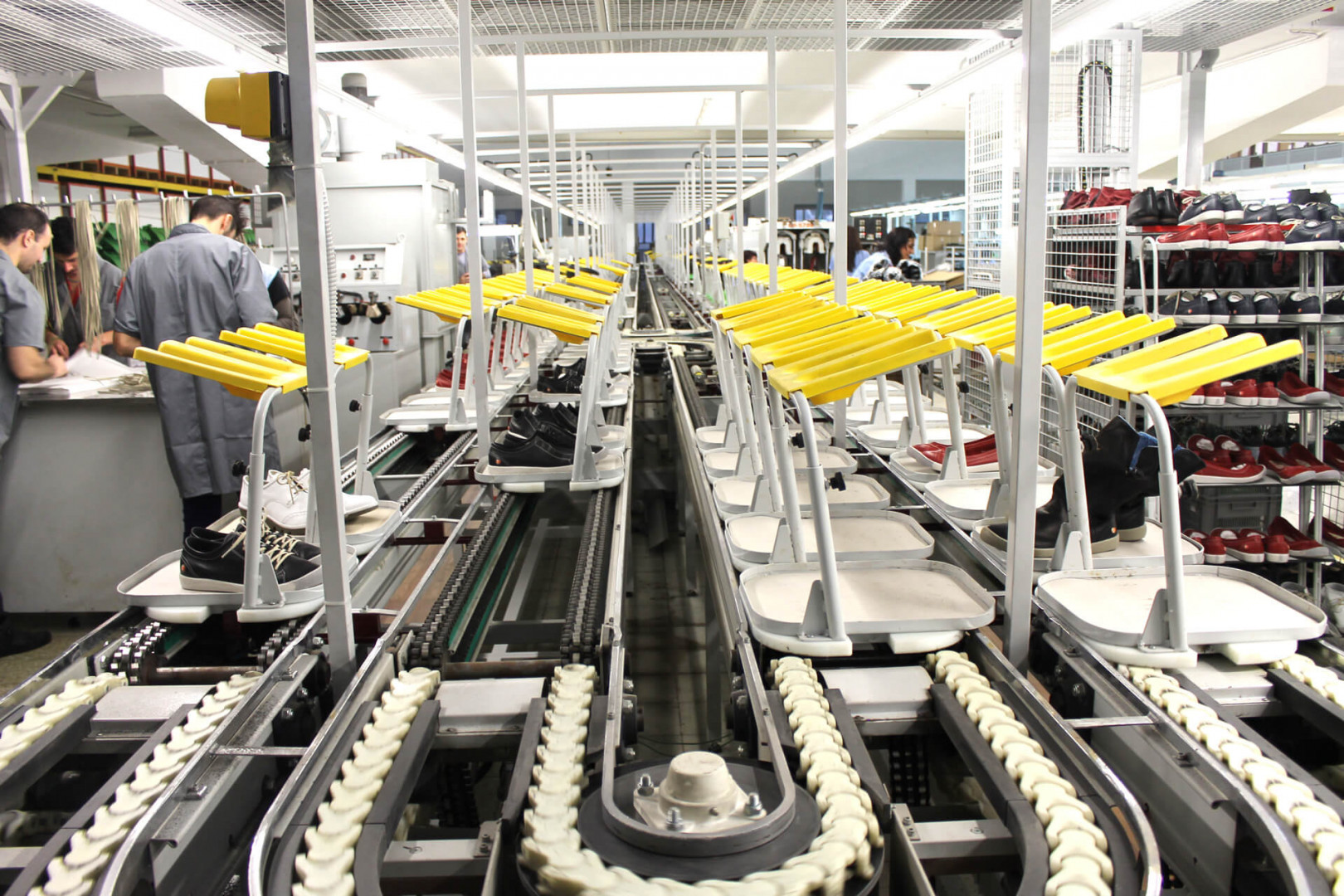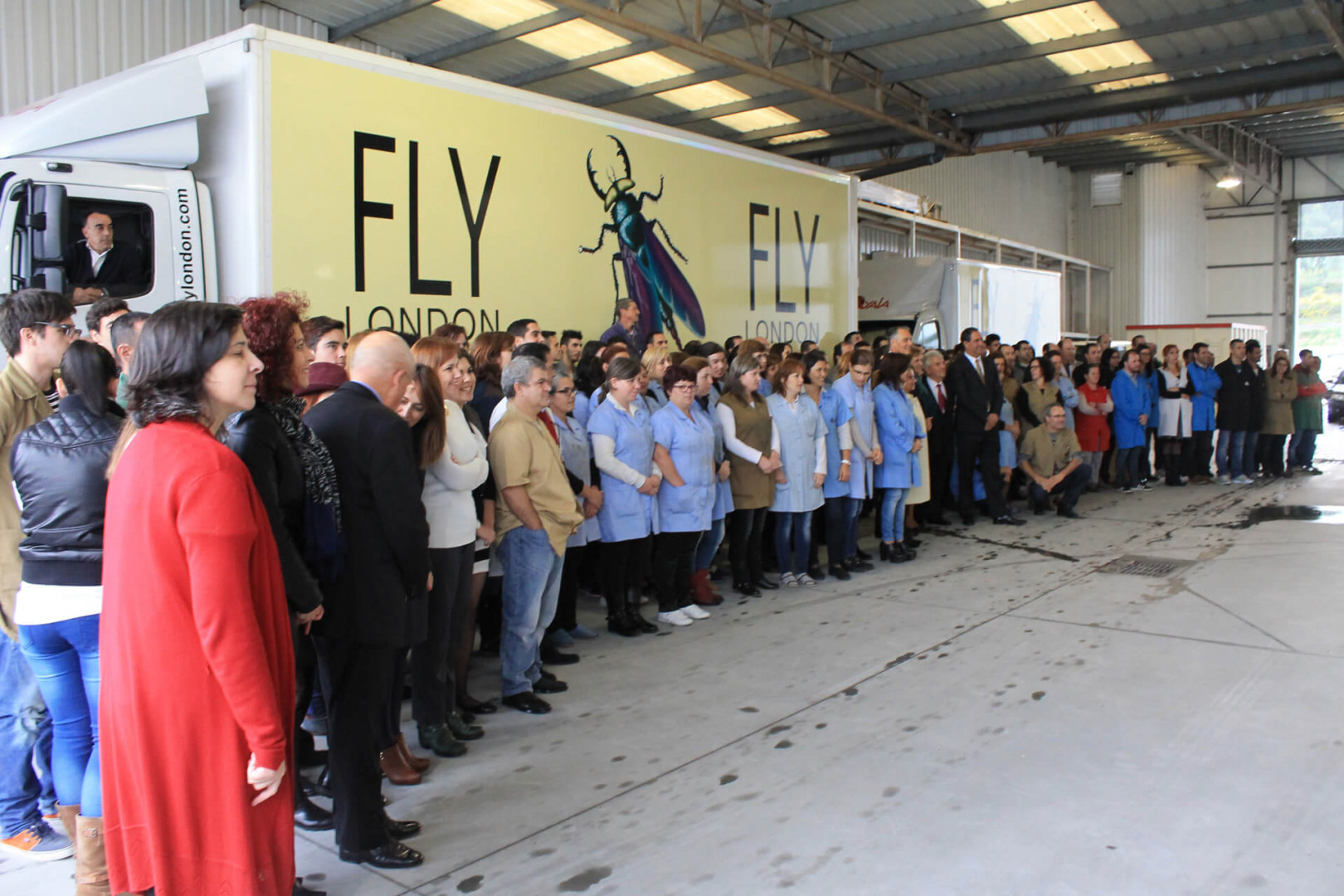The beginning
It is necessary to go back two decades to understand how and when fundamental research started having an impact on this industry.
INESC TEC’s contribution to the footwear industry started in the 1990s with the automation and computerisation of the existing systems and with the development of new equipment. 1992 was the year the first footwear projects started and the goal was to develop flexible logistics systems.
In 1996, as part of the FACAP ‑ Fábrica de Calçado do Futuro (Footwear Factory of the Future) and in partnership with the company Lirel and the CTCP (Portuguese Footwear Technology Centre), INESC TEC installed the LOGICSTORE ‑ a highly innovative system for storage and automatic distribution to seam lines ‑ at Kyaia’s factory in Paredes de Coura.




